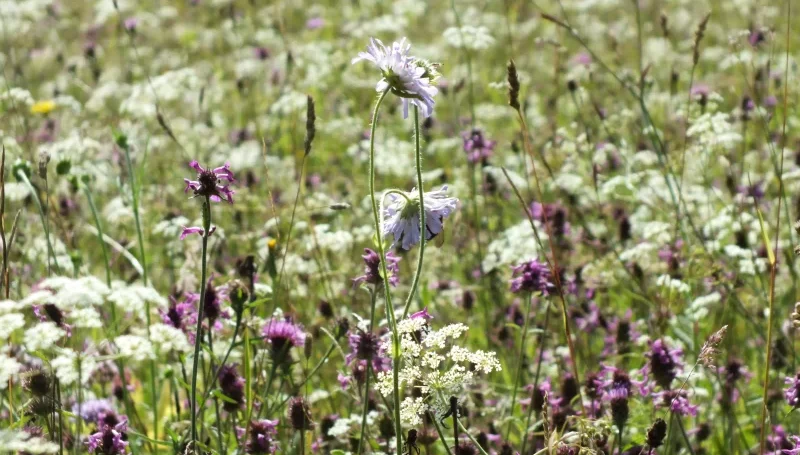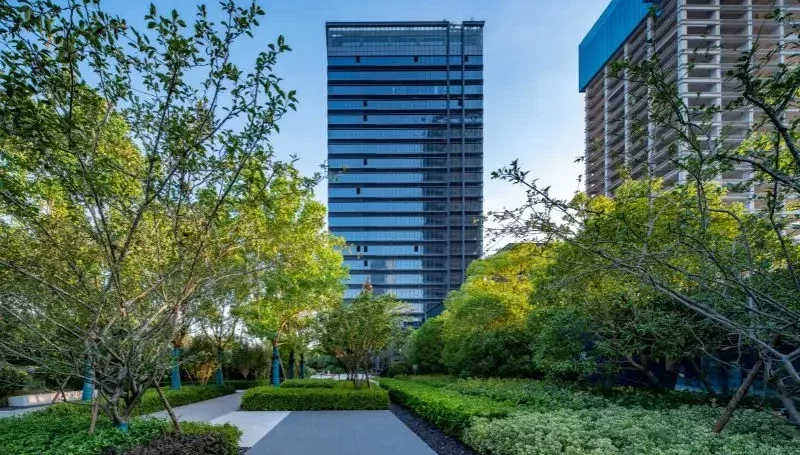It is held up by the companies that sell and install it as a convenient alternative to a natural lawn – one you don’t have to cut, water, feed or use pesticides on. If you’re a dog owner it can be cleaner, and solves the problem of urine burns. It can also benefit allergy sufferers and alleviate winter mud problems. Some manufacturers even allege it is more carbon-friendly than natural lawns by claiming that eliminating grass cutting offsets the use of plastic.
The installation of artificial grass in domestic gardens has boomed in recent years, especially during the pandemic, when people spent more time in their homes and gardens. And this year’s hot, dry summer has also driven homeowners to consider installing lower maintenance lawns. Fake grass is increasingly being used by large corporations for their outdoor spaces – this recent story about a branch of McDonald’s who cut down 11 mature trees only to replace the green carpark verges with artificial turf, demonstrates their short-sighted attempts to reduce maintenance costs. The industry is growing so much that the global artificial turf market is expected to reach a volume of 2863.56 million square feet, with a revenue of $12.68 billion by 2027, growing at a compound annual growth rate of 7.75%.
However, there is another, darker side to the use of this plastic turf, and environmental professionals are decrying the damage it inflicts on our precious green spaces. There have been recent calls to introduce a tax for the use of artificial grass for the biodiversity damage it causes, or at the very least some form of biodiversity offsetting.
From an ecological point of view, the use of plastic, fake grass is disastrous for biodiversity. Our urban gardens, green spaces and public verges are precious habitats for wildlife. Our lawns can harbour and be a food source for all kinds of insects, which, in turn are a valuable food source for other species. And importantly, the soil underneath our lawns is vital for the absorption of rainwater and for sequestering carbon. If we cover all of our green spaces in concrete and plastic, how can we alleviate the urban flooding we are experiencing more often?
One more vital consideration – the shelf life of artificial turf is limited (approximately 7-15 years). This means that there is only one destination for most of this plastic; landfill. It is not biodegradable and recycling options are limited and technically difficult right now. The 2863.56 million square feet predicted to be installed globally by 2027 will most likely be in landfill by 2042.
Plastic grass may be more convenient, time-saving and aesthetically pleasing. But shouldn’t we be putting these considerations aside if we are to address the climate emergency we are facing? Real, biodiverse green spaces may be more work, and they may not appeal to our innate urges to tidy up and control Mother Nature, but they are vital in looking after our wildlife and helping to address climate change.




